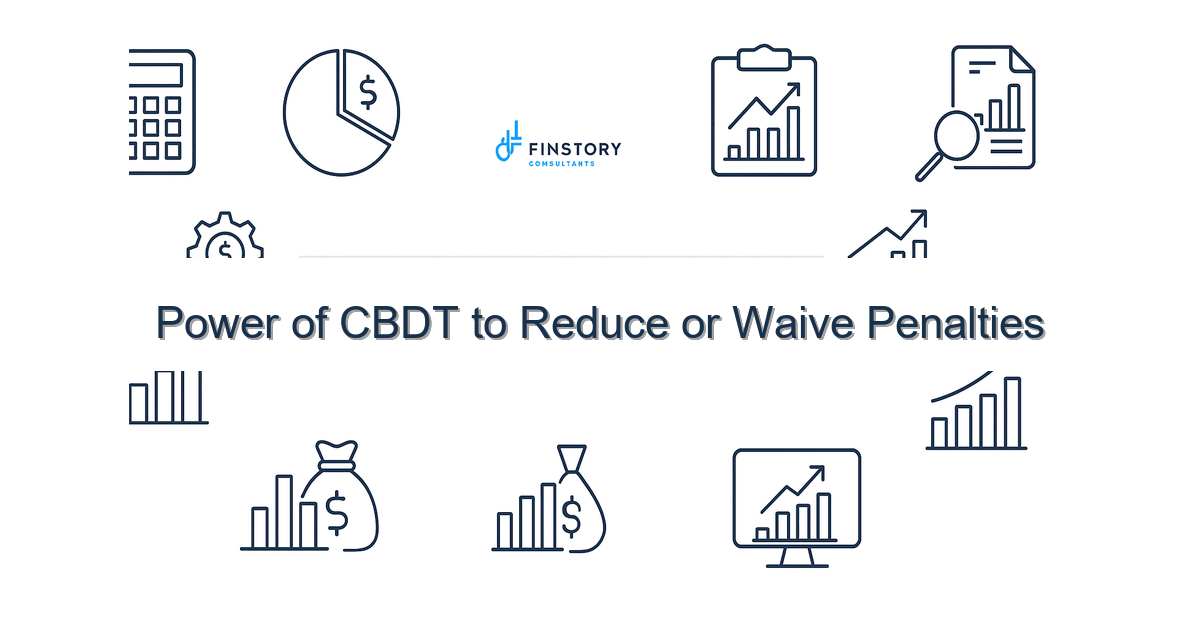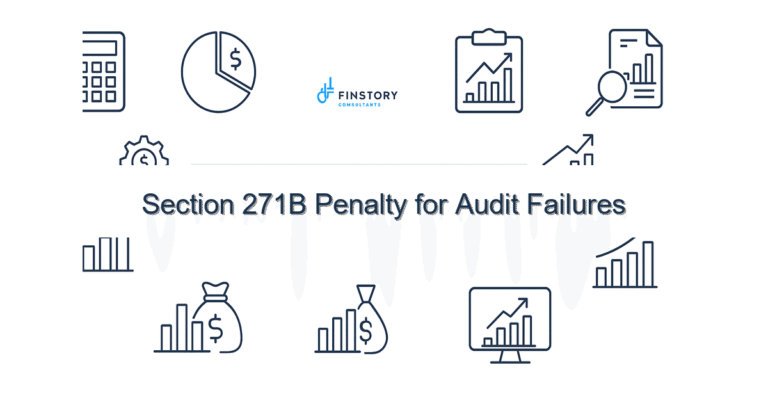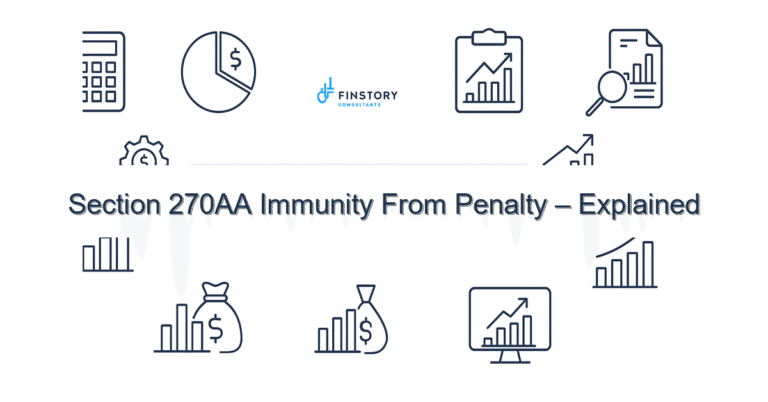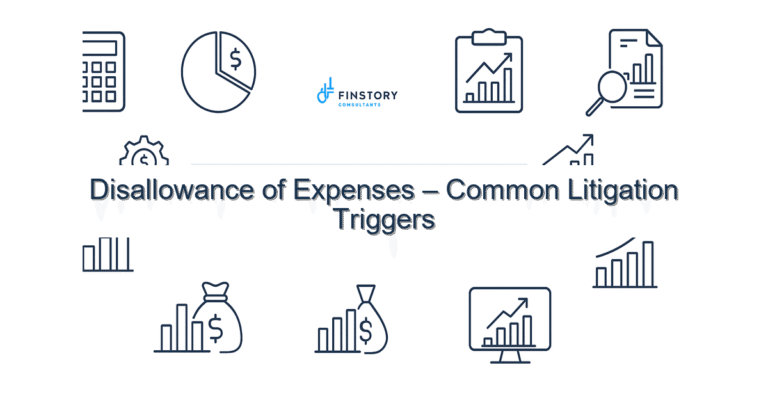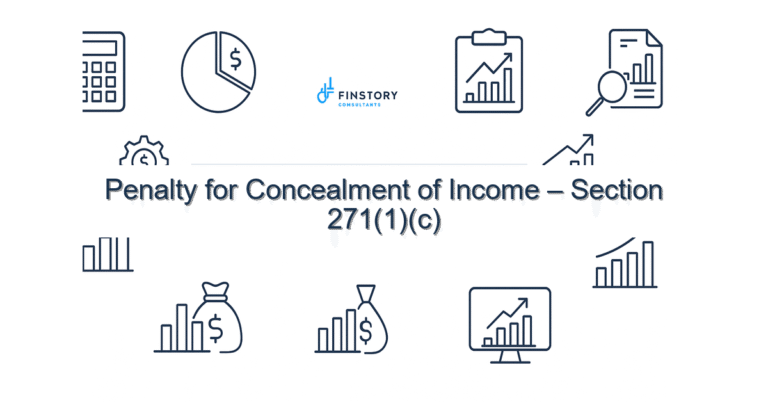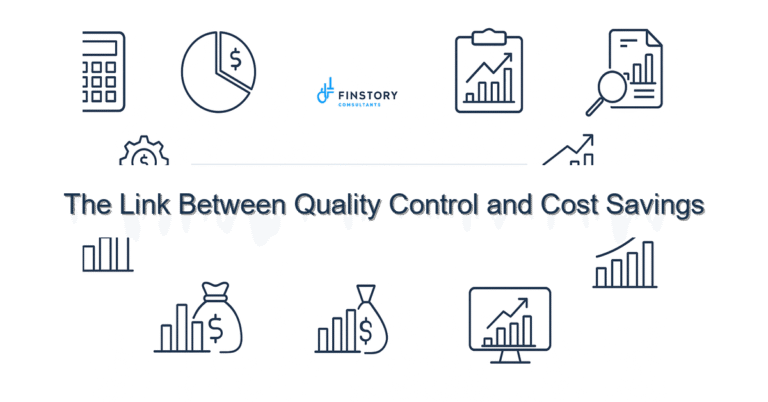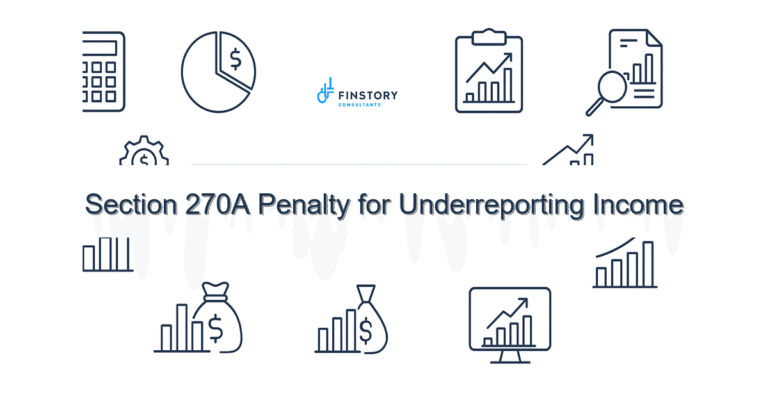Power of CBDT to Reduce or Waive Penalties
Getting a penalty notice from the income tax department creates a knot in your stomach—especially when you’re a salaried individual, a founder juggling payroll, or an MSME owner watching cash flows. The rules feel complex, timelines are tight, and you just want someone to tell you what to do next.
Summary: The Central Board of Direct Taxes (CBDT) can influence reduction or waiver of penalties through administrative instructions and policy guidance (Section 119), and by shaping consistent field practice. Knowing when to request relief, what evidence to provide (AIS/26AS, TDS/TCS proof) and how to frame an application significantly improves your chances of getting penalties reduced or waived.
What’s the real problem in India?
Many taxpayers in India struggle with penalties not because of deliberate evasion but due to mismatches, genuine mistakes, or lack of clarity on AY/PY deadlines. The CBDT sets policy and issues instructions to tax officers, but the outcome often depends on how clearly you present your case.
- Confusing notices: unclear reason codes and strict timelines to respond.
- TDS/TCS mismatches in AIS/26AS creating disallowance or penalty triggers.
- Late ITRs and missed ITR filing last date causing automatic interest/penalty.
- Misunderstanding new vs old regime slabs or Section 80C limit claims leading to under-reporting.
What people get wrong
Many taxpayers assume penalties are final and that only litigation helps. Others respond late or provide incomplete supporting documents. Common mistakes include:
- Ignoring the notice instead of responding within the given timeline.
- Failing to reconcile AIS/26AS and bank entries to show genuine TDS/TCS credits.
- Using vague language in representations; not citing administrative circulars or CBDT directions under Section 119 where relevant.
- Assuming the only remedy is appeal—administrative reduction or waiver is often possible if you apply correctly.
A better approach
Instead of panic, follow a structured framework to maximise the chance of relief and minimise time and cost.
- Stop and gather: Get the notice, AIS/26AS, ITR copy, bank proofs, and supporting documents (receipts, proof of investments under Section 80C limit, capital gains calculations with indexation if relevant).
- Reconcile and prepare a clear summary: Match TDS/TCS entries, salary slips, Form 16, and highlight mismatches with dates and amounts.
- Draft a reasoned representation: Explain the facts, cite CBDT instructions (Section 119) or recent circulars if applicable, and request specific relief (reduction/waiver) with supporting evidence.
- Submit on time and request acknowledgement: Use the e-filing portal for responses; retain proof of submission. If time’s short, apply for an extension where possible.
- Escalate smartly: If the assessing officer rejects your plea, you can approach the Commissioner (Appeals) or seek guidance where CBDT has issued clarifications. Consider a professional representation to avoid costly mistakes.
Short real-world example: A Bengaluru founder received a penalty notice due to a TDS mismatch. After reconciling AIS/26AS with payroll records and sending a structured representation citing CBDT guidance on genuine errors, the penalty was reduced by 70% and interest reversed on grounds of late credit—saving approx. Rs. 3.2 lakh.
Quick implementation checklist
- Immediately download the penalty notice, ITR submitted, and the relevant AY/PY documents.
- Pull AIS/26AS for the relevant financial year and cross-check all TDS/TCS entries.
- Reconcile TDS/TCS with Form 16/Form 26AS, bank statements, and payroll records.
- Collect proof for investments (e.g., Section 80C limit documents) and capital gains calculations (with indexation where applicable).
- Draft a short representation explaining the facts and relief sought; mention any CBDT circulars where relevant.
- Submit the response via the e-filing portal and save acknowledgement/transaction receipt.
- If denied, file an appeal with Commissioner (Appeals) within the prescribed timeline; include reconciliations and evidence.
- Consider a professional review to check for errors in ITR (new vs old regime slabs choices) and to plan TDS/TCS corrections for future years.
- Monitor AIS/26AS after corrections to ensure credits reflect properly before filing revised returns (if applicable).
- Track communication and set reminders for ITR filing last date and future compliance to avoid repeat penalties.
What success looks like
- Penalty reduced or waived (measured as % reduction in original penalty).
- Interest reversal or reduction for the period in question.
- Fewer notices in subsequent years after correcting AIS/26AS & TDS/TCS records.
- Faster closure of pending assessments and quicker ITR processing.
- Improved cashflow for MSMEs and founders due to lower tax outgo.
Risks & how to manage them
There are risks when requesting waiver or reduction: insufficient documentation may lead to denial, delayed responses can block administrative remedies, and poor representation could trigger stricter scrutiny. Manage these by documenting everything, responding within timelines, and engaging a tax professional to frame convincing legal and factual grounds.
Tools & data
Use these India-specific tools to strengthen your case:
- AIS/26AS — to verify TDS/TCS credits and detect mismatches.
- E-filing portal — for submitting ITRs, responses to notices, and keeping proof of communications.
- TDS/TCS tracking tools — many payroll and accounting softwares reconcile quarterly TDS and generate reports.
- Bank statements and Form 16/26Q/16A — to corroborate receipts and TDS claims.
- Documentation for capital gains indexation — to correctly compute gain and demonstrate tax paid.
FAQs
Q: Can CBDT directly waive my penalty?
A: CBDT issues policy directions and circulars (under Section 119) that guide officers. While field authorities (Assessing Officer, Commissioner) generally grant waivers, CBDT’s instructions can lead to widespread relaxation or a framework for reductions. If a CBDT circular specifically covers your situation, cite it in your representation.
Q: What documents help prove a genuine mistake?
A: AIS/26AS reconciliations, Form 16/Form 26Q/Form 16A, bank statements, investment proofs for Section 80C limit, and capital gains computation (with indexation) are the primary documents. Clear timelines showing when you learned of the error also help.
Q: If I miss the ITR filing last date and pay a penalty, can I still get relief?
A: Relief is possible if you show reasonable cause and correct the return or pay the due taxes. Responses supported with reconciliations and references to CBDT instructions have a better chance. Timely communication matters—don’t ignore notices.
Q: How do TDS/TCS mismatches affect penalty requests?
A: Mismatches often trigger notices. Reconcile AIS/26AS and raise corrections with deductors where needed. For historical mismatches, present proof of tax credit and request reduction/waiver explaining the cause and correction steps taken.
Next steps
If you’ve received a penalty notice or want a proactive review (especially before the ITR filing last date), get a professional to reconcile AIS/26AS, draft a reasoned representation, and represent you before the assessing officer. Small mistakes fixed quickly can avoid much larger penalties later.
Work with Finstory. Speak with an Expert for a personalised plan to reduce your tax outgo and stay compliant. Book a free 20-min consultation.
📞 Need help with Income Tax in India?
Book a 20-min consultation with our tax team. Individuals, founders & MSMEs welcome.
Prefer email or phone? Write to info@finstory.net
or call +91 44-45811170.
